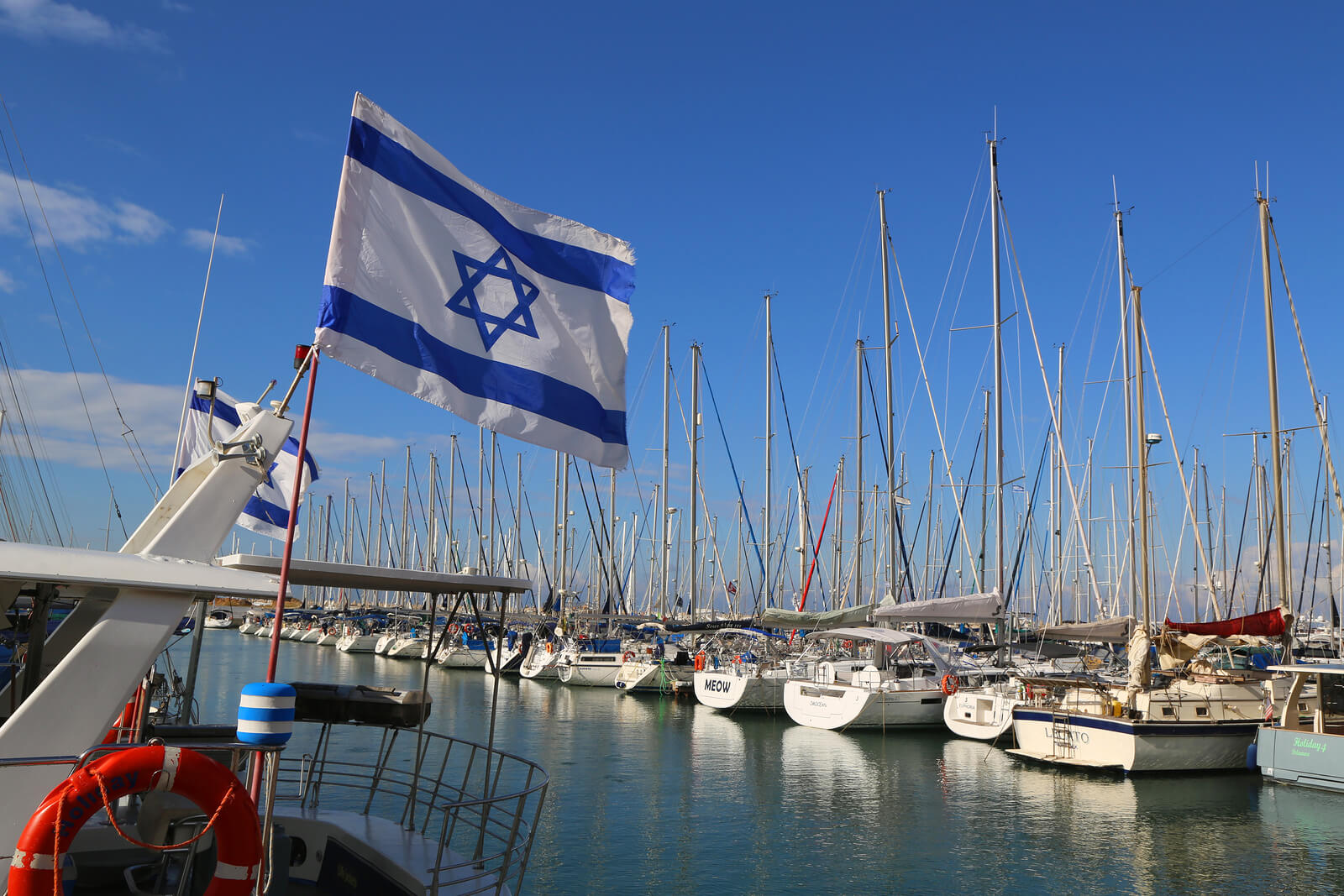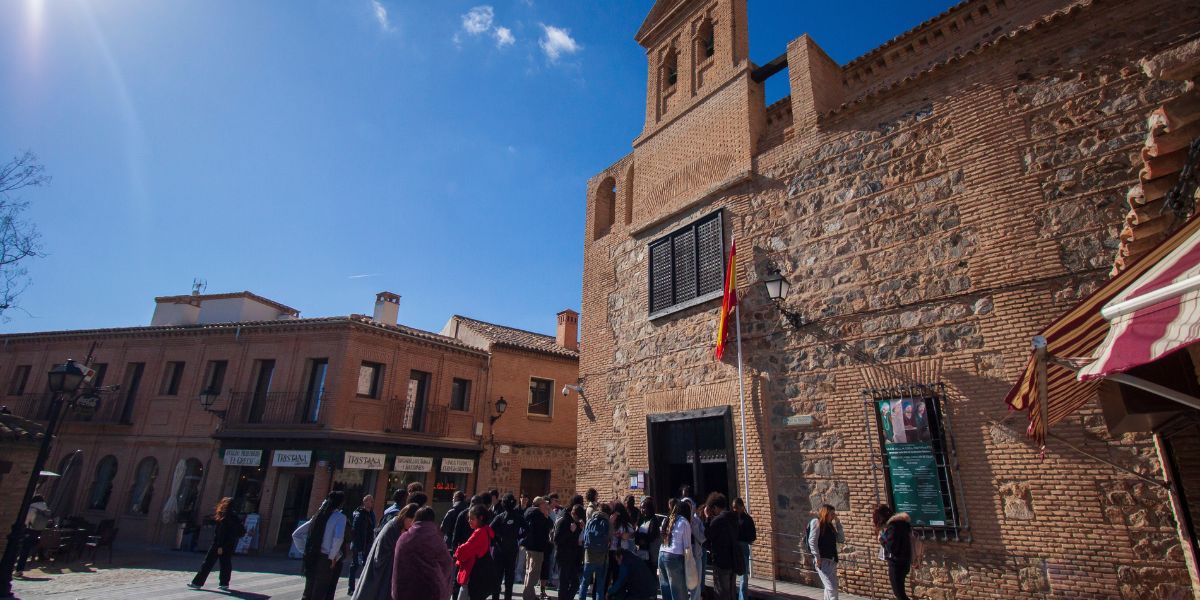Sites to Celebrate Jewish Heritage in Portugal
Portugal is a site of intense historical drama and persecution. For those who want to understand the history of Jewish communities in Portugal’s municipalities, there are several cities to explore.
Lisbon
In addition to its recognition as a global city, Lisbon, the capital and biggest city of Portugal, is also one of the oldest cities in Europe. Lisbon prides itself on its religious history and pays homage to times past. The streets of Lisbon offer glimpses of architecture influenced by important men in Jewish history – like the Abravanel and Abraham Zuccato. Travelers can explore a number of locations important to Jewish culture, such as the roofless church known as the Carmo Ruins, the Barxa-Pombalina downtown, where the ancient Jewish quarters were once located, and Sao Domingo’s Square, a memorial to the massacre of 1506.
Evora
An ancient city, Evora is known as a UNESCO World Heritage Site, as well as the home of one of the largest Jewish communities by the end of the 15th century. The community existed within a walled city, which included two synagogues, a hospital, baths and a leper colony. Visitors can walk through the former site of the Jewish quarter, or explore the Evora Museum, where one will find many reminders of the area’s history.
Belem
 Tower of Belem
Tower of BelemThis civil parish got its name from the Portuguese word from Bethlehem. The Belem District houses many historic buildings which would satisfy anyone, particularly those with an interest history, architecture, and photography. The Tower of Belem, a UNESCO World Heritage Site, stands along the Atlantic Coast. Built in the 15th century, the tower served as a gateway to Lisbon and defended the area against attacks by water.
Marvao
The walled village of Marvao served as an entry for Jews who fled Spain in the 1300 and 1400s. This well-preserved municipality has many traditional houses standing from centuries ago. Walking through the streets, one may see many reminders of life back in the 14th and 15th centuries, such as the doors. Jewish residents were required to identify themselves, so a number of mediaeval houses still standing in the old Jewish quarter may see Mezuzot attached to the doorposts or perhaps a Cross carved on the door to indicate that the residents recently converted.
Sintra
 Sintra National Palace
Sintra National PalaceThis municipality lies to the west of Lisbon, in the central Lisbon Region. With its beautiful landscapes and 8th-9th century royal estates and castles, one can see why it used to be the summer resort of Portugal’s monarchy. It is now a popular tourist attraction and a UNESCO World Heritage Site. Visitors and day trippers alike come to the town to appreciate the numerous monuments and 15th-19th century architecture. Aside from appreciating the natural and cultural wonders of Sintra, visitors should also visit Cabo da Roca, the westernmost extent of Portugal and continental Europe, and the historical Jewish Quarter.
Belmonte
The Jewish community survived in Belmonte in secret for hundreds of years. The community chose to practice their faith in secret despite the threat of death during the Spanish and Portuguese inquisitions in the 15th century. The history of the community goes back to the 12th century and was not discovered until the early 20th century. There is a mix of historical locations to visit as well as newer Jewish sites, such as the Bet Eliahu synagogue (opened in 1996) as the Jewish culture has been revived.












